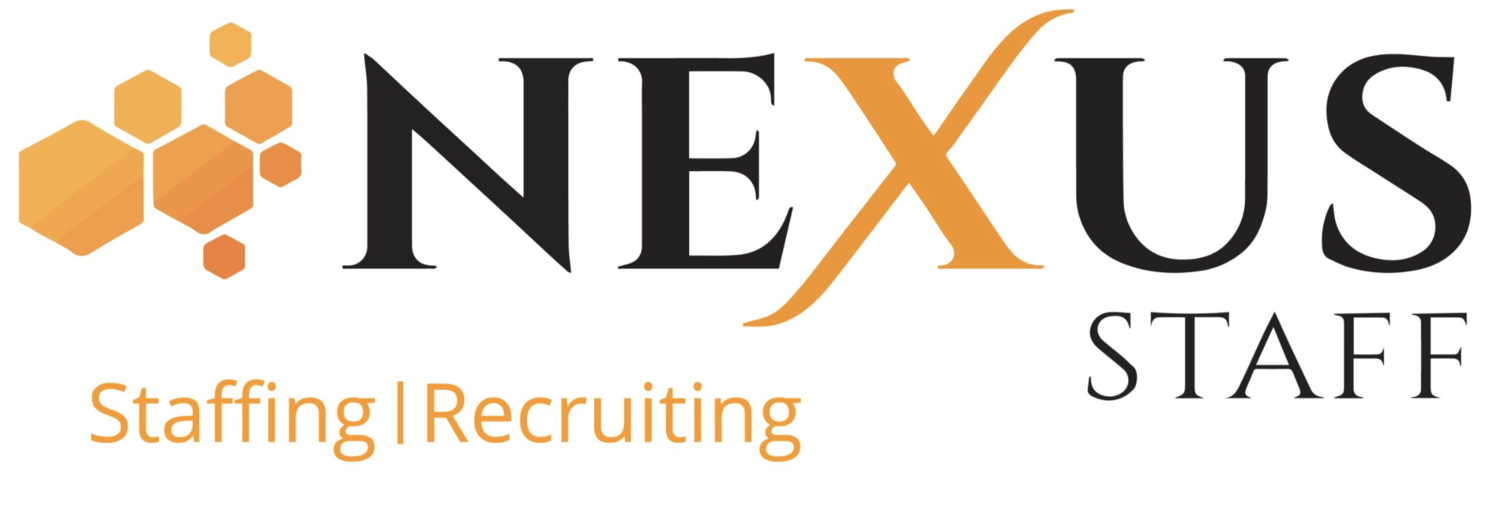How To Deliver An Elevator Pitch
Whether it was during an interview or a more casual conversation, you’ve likely been asked some variation of “So, tell me about yourself” or “What do you do?” A question this simple should have a simple answer, but on the spot, you may begin to wonder -- What is there to say? What exactly is it they want to know? That’s where an elevator pitch comes in!
An elevator pitch is a short speech used to introduce yourself and your background or experiences. The ideal elevator pitch should be about 30-60 seconds long (think, enough time to deliver it in an elevator ride) and can be used during job interviews, career fairs, networking events, or even in more casual conversations with a possible new connection.
Preparing your elevator pitch
Before you can deliver your speech, you’ll need to have a few talking points prepared. To prepare your elevator pitch, use the Five Ws -- Who, What, Where, When, and Why to ensure you’re supplying enough information to cover the basis of your background, experiences, and what exactly you’re looking for in a role or networking opportunity.
Who: Start by introducing yourself and answering the question “Who are you?” For example, if you're planning on using your elevator pitch in networking events where you may have not had the chance to meet everyone beforehand, be sure to include your full name in your opening line. This is not only a generous way of introducing yourself in general, but it can also help the person you are speaking with remember your name further down the line.
What: The “what” of your elevator pitch is the girth of the speech. What is it exactly that you do or what are your accomplishments that have gotten you to where you are now? This means including the specific industry you work in, the job titles you have held, and the prospective roles you would like to have in the future.
Where/When: The where and when cover the specifics of your experience. For example, where did you work and how long did you work there? Whether or not you’d like to mention the exact name of your organization is up to you, but be sure to mention the type of company you worked for -- the size of the organization, the industry, or even the location. If you’re shooting for an elevator pitch on the shorter side, summarize your experience with your most recent role or the general amount of time you have worked in your industry.
Why: The “why” of an elevator pitch is the most important part of the speech. It’s the call-to-action at the end that tells people why you’re introducing yourself in the first place. It explains what it is you’re looking for in a new role or connection and is what gives your speech a purpose.
Delivering your elevator pitch
After you’ve perfected your elevator pitch, it’s time to deliver it! Practice your speech and memorize your talking points, but don’t memorize the entire speech to the point where it comes across as ingenuine. Avoid sounding too rehearsed by speaking in a professional, yet calm and confident tone. Speak at a reasonable pace and don’t rush through your encounter. Evaluate the situation and decide if it’s necessary to mention specifics or keep the introduction more brief. Then, let the remaining conversation flow naturally and be prepared to give the person you’re speaking with your contact information or answer any follow-up questions they may have.
For example, in the event that you’ve just delivered your speech in an interview, be prepared to talk about how your past experiences have best prepared you for the role in question. If you’ve given the pitch in a different formal setting such as a career fair, be sure to leave the person you’re speaking with a copy of your resume. This will give them a more in-depth look at your past experiences and qualifications.
When it comes to an everyday conversation, be prepared to handle the situation a bit differently, especially if you only have a limited amount of time with the person. Whether it’s commuting on public transportation, standing in line at the grocery store, or maybe even waiting for an actual elevator, you never know when a conversation could advance your career or help you land your dream job. Be prepared for these scenarios by keeping a business card handy. This can serve as a tangible reminder of your expertise and contact information that people can look back on at a later date.
Sample Elevator Pitches
Using the Five Ws method described above, here are two sample elevator pitches:
“Hello! Nice to meet you, my name is Jane Smith. I have over 15 years of experience as a freelance human resources consultant. With my current client, I have been able to successfully transform their mid-size accounting firm’s entire hiring process resulting in a 25% decrease in recruitment costs. If your company is in need of my HR expertise, I would love to set up a time to further discuss how I could help. Here is my card with the phone number and email address I can be reached at.”
“Hello, I’m John Doe. I recently graduated from ABC University where I studied Communications. I previously completed two semester-long internships with XYZ and ABC where I was able to gain invaluable experience in content creation and social media marketing. I am now looking for a role where I can put my skills to use and grow as a communications professional.”
Ready to start delivering your elevator pitch in the interview of your dreams? Contact Nexus today to begin your personalized hiring journey. Our team of experienced recruiters is excited to begin working with you.






